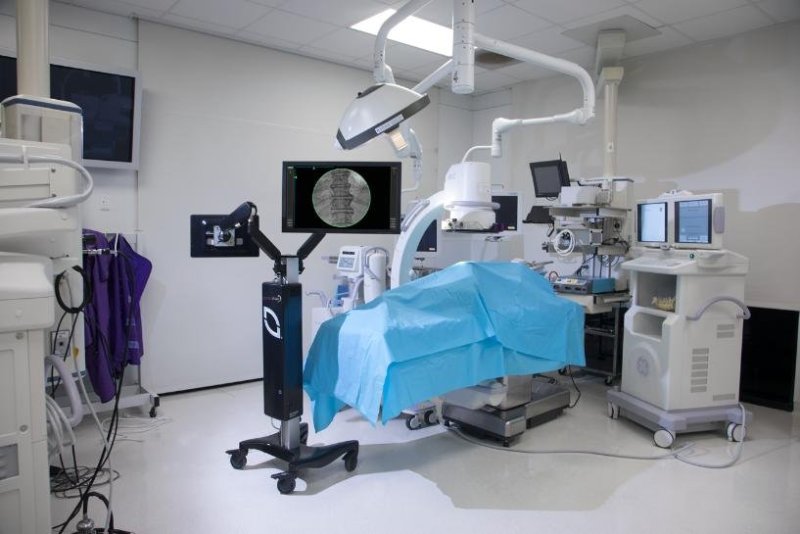NuVasive, a leading medical device company focused on transforming spine surgery with minimally disruptive, procedurally-integrated solutions, has announced the commercial launch of its LessRay software technology system. The LessRay system, comprised of a propriety software algorithm and hardware components, is designed to help address over exposure to radiation in hospital operating rooms, particularly in the case of minimally invasive spine surgery.
“The launch of LessRay is a significant milestone for NuVasive, as we begin to sell capital equipment and bring technology advancements into the hospital OR,” says Gregory T. Lucier, chairman and chief executive officer of NuVasive. “With LessRay’s ability to dramatically reduce radiation exposure, as well as its enhanced imaging capability, we are now executing on our imaging and navigation strategy to improve spine surgery productivity and ultimately predictability. Given the healthy pipeline of interest from customers already, the strong demand demonstrates a critical need for a solution like LessRay to address a major safety issue related to radiation facing surgeons and hospital administrators.”

(Image credit: NuVasive)
Studies show spine and orthopedic surgeons can receive their lifetime occupational radiation limit within the first 10 years of their career. As a result, cancer rates and contraction of cataracts associated with radiation exposure are nearly double that of other surgery practices. LessRay’s proprietary image enhancement technology improves low-dose, low-radiation fluoroscopy (or x-ray) images to have similar diagnostic capabilities as conventional full-dose fluoroscopy images, thereby reducing radiation emission and exposure in the OR while retaining the high resolution of a full radiation dose shot.
Additionally, LessRay has other features to help reduce the number of fluoroscopic shots needed, thus decreasing the overall radiation even further. Results of a recent prospective study conducted with patients randomized to which surgical intervals were performed with standard-dose fluoroscopy or fluoroscopy using LessRay, which measurement of radiation emission and exposure showed that radiation exposure of healthcare professionals in the OR was between 62 percent and 84 percent lower in the LessRay group compared to the conventional fluoroscopy group.
In addition, radiation exposure and limited imaging capabilities have been barriers to widespread spine MIS adoption, compared to general orthopedic MIS. By dramatically reducing these limitations, LessRay supports the increased adoption of MIS spine surgery and enables the well-documented patient benefits including less blood loss, lower risk of infection, faster recovery time and more. Additional hospital economic benefits include no disruption to current surgical workflow and no additional surgery time needed.
Additional LessRay system benefits for spine surgeons and staff that help increase OR efficiency include:
- C-arm tracking: Simplifies localization and target anatomy quickly, accurately and without the unnecessary fluoroscopy time and scouting images.
- Image stitching: Minimizes surgical workflow interruption by quickly stitching together fluoroscopic images of any spine segment.
- Angle finder: Minimizes O.R. steps required to obtain crisp endplate shots with fewer fluoroscopic images than traditional C-arm scouting.
- Alternate view: Improves visualization by making metal instruments invisible or semi-transparent by fading out their obstruction.
“LessRay’s ability to reduce radiation usage is so compelling because it benefits not only the surgeon but also the patient and everyone in the operating room,” says Dr. Stephen Ryu, neurosurgeon at Palo Alto Medical Foundation in Palo Alto, Calif. “LessRay’s additional features that augment the capability of conventional fluoroscopy provide really useful tools for even the simplest surgeries. LessRay’s capability to assist accurate localization of spine levels alone is worth it.”




